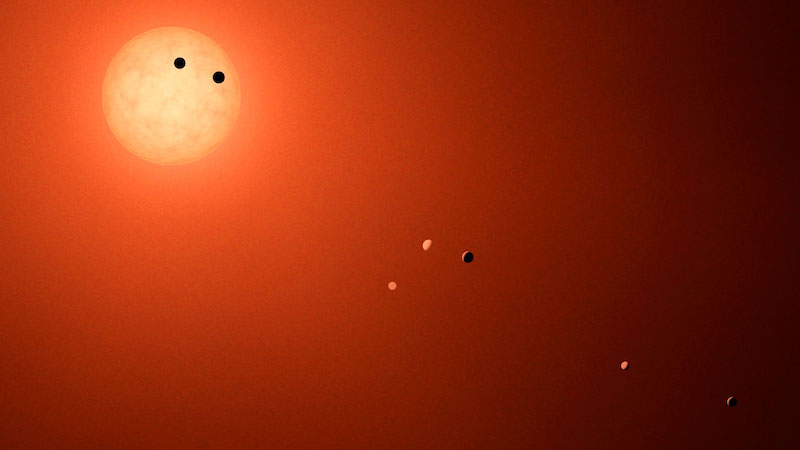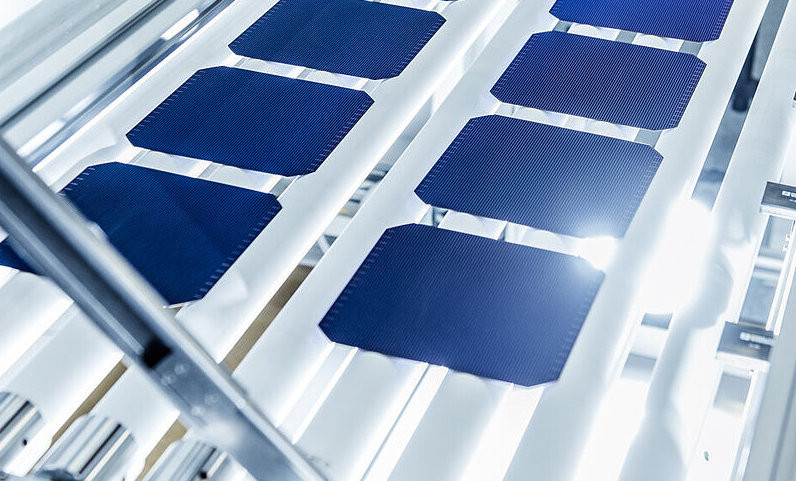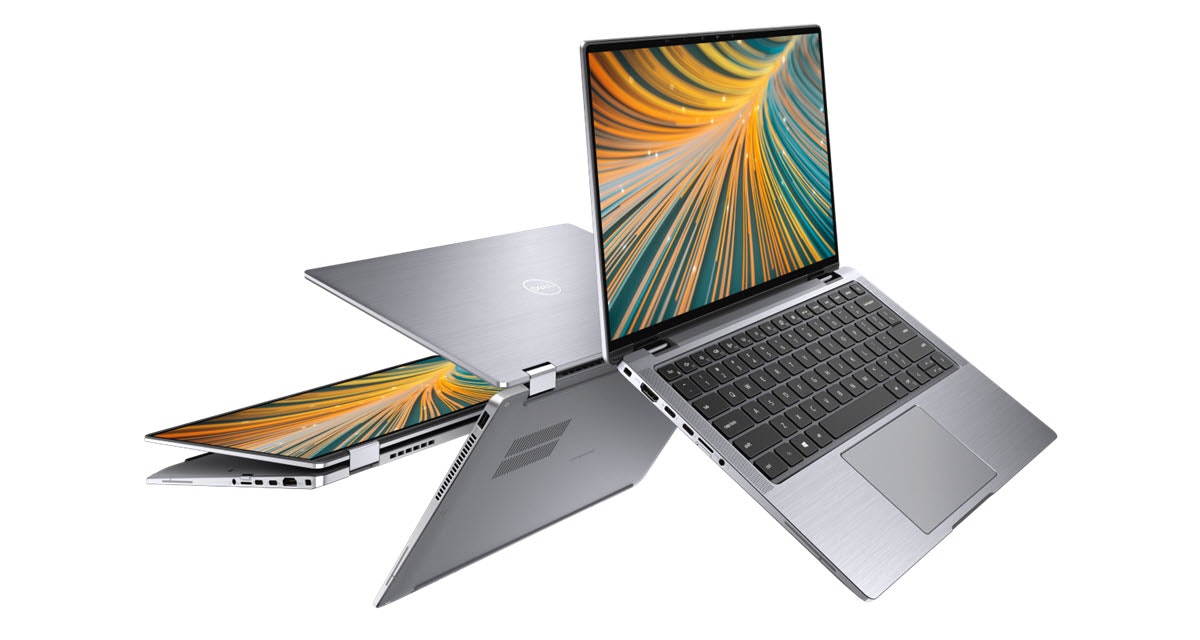Algorithm discovers over 300 new exoplanets
With the neural network “ExoMiner”, researchers were able to identify over 300 new exoplanets based on archive data. The algorithm used is not only extremely effective, but also transparent.
Space will probably always have its secrets. With state-of-the-art technology such as space telescopes, we can indeed look into the depths and vastness of space. However, there seems to be hardly any end in sight to the sheer infinite space.
But where humans reach their limits, robots and intelligent algorithms could continue their research. That also applies to this neural network ExoMiner. Researchers recently fed the system with archive data from the Kepler space telescope, which an algorithm used to identify over 300 new exoplanets.
ExoMiner identifies exoplanets based on parent star eclipse
Background: An exoplanet is a celestial body that is no longer primarily subject to the gravitational pull of our sun, but orbits another star. And this is where the ExoMiner comes in. Because when an exoplanet orbits a star, it occasionally obscures it.
According to the researchers, the algorithm reliably distinguished the obscuration caused by the planet from other causes. However, before the newly identified planets are officially accepted into science, the data must be validated using another method.
This is to rule out possible errors. In turn, the researchers want to achieve this primarily by examining the parent star. Because of the forces of attraction, it occasionally tumbles in different directions. Until this is proven, the planet is considered confirmed but not validated.
Open code makes algorithm transparent
The study of space by a neural network like ExoMiner has a significant advantage. Compared to many other algorithms, the network is a white box. This means that it is completely transparent and traceable, since the code of the system is publicly available.
This makes it possible to understand why artificial intelligence decides to classify a planet. In addition, the system works with already existing information and data, so that the results are more accurate and more reliable.
The research on the neural network makes one thing clear above all: In some areas, computers can already “see” much better than their human counterparts.
Also interesting:



